Case 1. Few days ago my LAN proxy settings in Internet Options>Connection tab changed and I can't able to revert the changes. It set to
HTTP: 127.0.0.1:8080
Secure: 127.0.0.1:8080
A message at the bottom displays "Some settings are managed by your system administrator". I am the only user of my PC. I am using windows 8.1 having Internet explorer 11. I had tried all the methods to make it work correctly but not succeeded, please help me to solve this problem.
Case 2. Unable to enable automatically detect settings keeps reverting back. http://127.0.0.1:8080/proxy.pac. I had to reinstall my version of windows and now in my "internet options" then "Connections" then Lan settings" instead of the automatically detect settings the above appears in the "use auto config script" is this normal ? and if not how do I get rid....I try to untick and put it to auto detect but it just keeps re-appearing....any help please
Information of http://127.0.0.1:8080/proxy.pac
http://127.0.0.1:8080/proxy.pac issue occurs if Proxy is enabled on the computer or due to virus/malware infections. Usually, virus/malware can get into your computer along with the free application that you download from the Internet. This is also known as bundleware, or downloadware, which is an downloader designed to simply deliver ad-supported offers in the setup routine of an otherwise legitimate software. Bundles additional adware offers during download and installation using the OutBrowse installer. And it is made to be distributed through a pay-per-install bundle.It is important to pay attention to the installation process which can pick out the items you don't need. Once http://127.0.0.1:8080/proxy.pac gets into the compuetr, it can compromise your computer and modify Internet Proxy setting automatically without your permission.
http://127.0.0.1:8080/proxy.pac is capable to generate lots of annoying commercial advertisements on your browser. http://127.0.0.1:8080/proxy.pac can also change your default homepage and new tab. It can show iirelevent contends on the search results. http://127.0.0.1:8080/proxy.pac will redirect you to malicious comercial sites which is flood with ads or the sites which ask you to download malware. It will also track your browsing habits and steal your personal information.It is suggested to remove http://127.0.0.1:8080/proxy.pac from the computer as soon as possible to avoid further damage.
Guide to remove http://127.0.0.1:8080/proxy.pac
Method 1: Manual removal
Step 1: Stop related running processes in Windows Task Manager first.
Press CTRL+ALT+DEL or CTRL+SHIFT+ESC or Press the Start button->click on the Run option->Type in taskmgr and press OK.
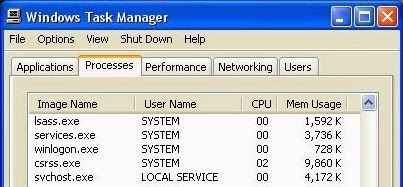
Step 2: Remove any infection related program from Control Panel.
Windows 8
1. Press Win+R.
2. Type in control panel and click OK.
3. Select Uninstall a program.
4. Remove the related programs.
Windows Vista and Windows 7
1. Open the Start menu.
2. Click Control Panel and click Uninstall a program.
3. Remove the related programs.
Windows XP
1. Open the Start menu.
2. Click Control Panel and then click Add or Remove Programs.
3. Uninstall related programs.
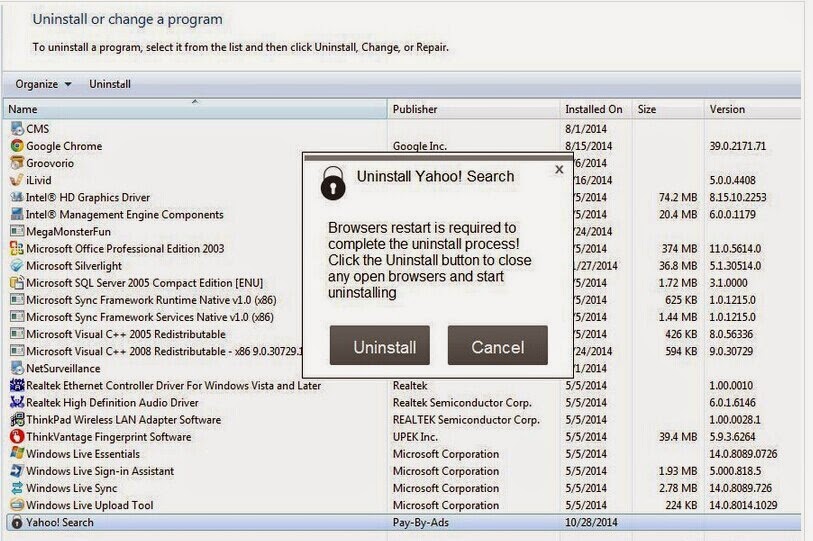
Step 3: Remove http://127.0.0.1:8080/proxy.pac extension or add-ons from your browsers.
Windows 8
1. Press Win+R.
2. Type in control panel and click OK.
3. Select Uninstall a program.
4. Remove the related programs.
Windows Vista and Windows 7
1. Open the Start menu.
2. Click Control Panel and click Uninstall a program.
3. Remove the related programs.
Windows XP
1. Open the Start menu.
2. Click Control Panel and then click Add or Remove Programs.
3. Uninstall related programs.

Step 3: Remove http://127.0.0.1:8080/proxy.pac extension or add-ons from your browsers.
Internet Explorer
Open the desktop, and then tap or click the Internet Explorer icon on the taskbar.
Tap or click the Tools button Tools button, and then tap or click Manage add-ons.
Under Show, tap or click All add-ons, and then select the add-on you want to delete.
If the add-on can be deleted, you'll see the Remove option. Tap or click Remove and then tap or click Close.
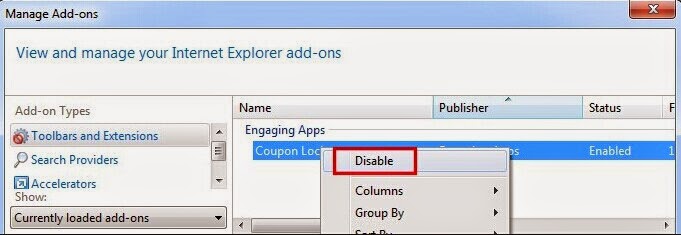
Google Chrome
Click the Chrome menu Chrome menu on the browser toolbar.
Click Tools.
Select Extensions.
Click the trash can icon Remove an extension from Chrome by the extension you'd like to completely remove.
A confirmation dialog appears, click Remove.
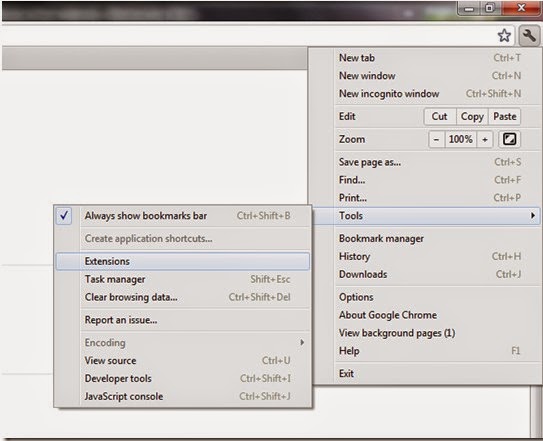
Mozilla Firefox
Click the menu button New Fx Menu and choose Add-ons. The Add-ons Manager tab will open.
In the Add-ons Manager tab, select the Extensions or Appearance panel.
Select the add-on you wish to disable.
Click its Disable button.
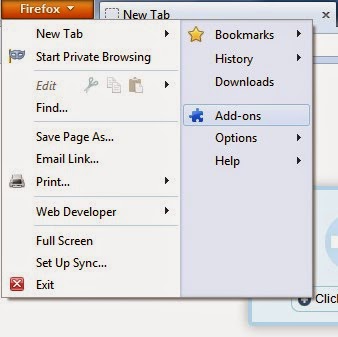
Open the desktop, and then tap or click the Internet Explorer icon on the taskbar.
Tap or click the Tools button Tools button, and then tap or click Manage add-ons.
Under Show, tap or click All add-ons, and then select the add-on you want to delete.
If the add-on can be deleted, you'll see the Remove option. Tap or click Remove and then tap or click Close.

Google Chrome
Click the Chrome menu Chrome menu on the browser toolbar.
Click Tools.
Select Extensions.
Click the trash can icon Remove an extension from Chrome by the extension you'd like to completely remove.
A confirmation dialog appears, click Remove.

Mozilla Firefox
Click the menu button New Fx Menu and choose Add-ons. The Add-ons Manager tab will open.
In the Add-ons Manager tab, select the Extensions or Appearance panel.
Select the add-on you wish to disable.
Click its Disable button.

Step 4: Show all hidden files and clean all the malicious files.
(1).Click the Start button and choose Control Panel, clicking Appearance and Personalization, to find Folder Options then double-click on it.
(2).In the pop-up dialog box, click the View tab and uncheck Hide protected operating system files (Recommended).
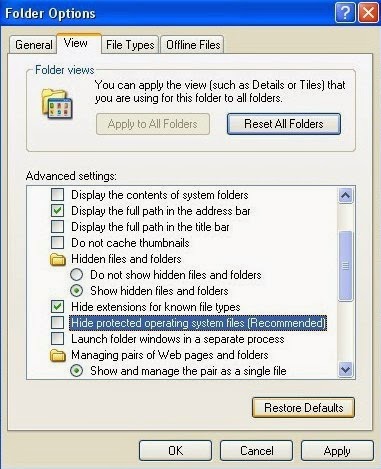
(1).Click the Start button and choose Control Panel, clicking Appearance and Personalization, to find Folder Options then double-click on it.
(2).In the pop-up dialog box, click the View tab and uncheck Hide protected operating system files (Recommended).

Step 5: Go to the Registry Editor, remove all http://127.0.0.1:8080/proxy.pac registry entries listed here:
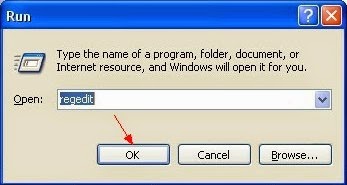
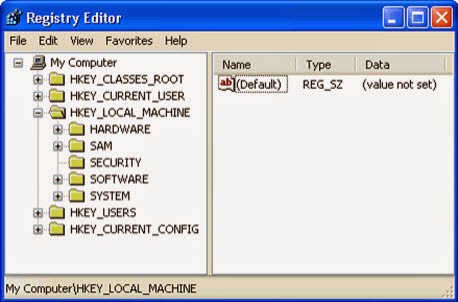


HKEY_LOCAL_MACHINE\software\microsoft\Windows NT\CurrentVersion\Image File Execution Options\MpCmdRun.exe
HKEY_LOCAL_MACHINE\software\microsoft\Windows NT\CurrentVersion\Image File Execution Options\MpUXSrv.exe
HKEY_LOCAL_MACHINE\software\microsoft\Windows NT\CurrentVersion\Image File Execution Options\MSASCui.exe
Method 2: Remove with SpyHunter
Step 1: Click the following button to download SpyHunter.
Step 2: Save it into your computer and click on the Run choice to install it step by step.
Step 3: Scan the computer and delete all threats.
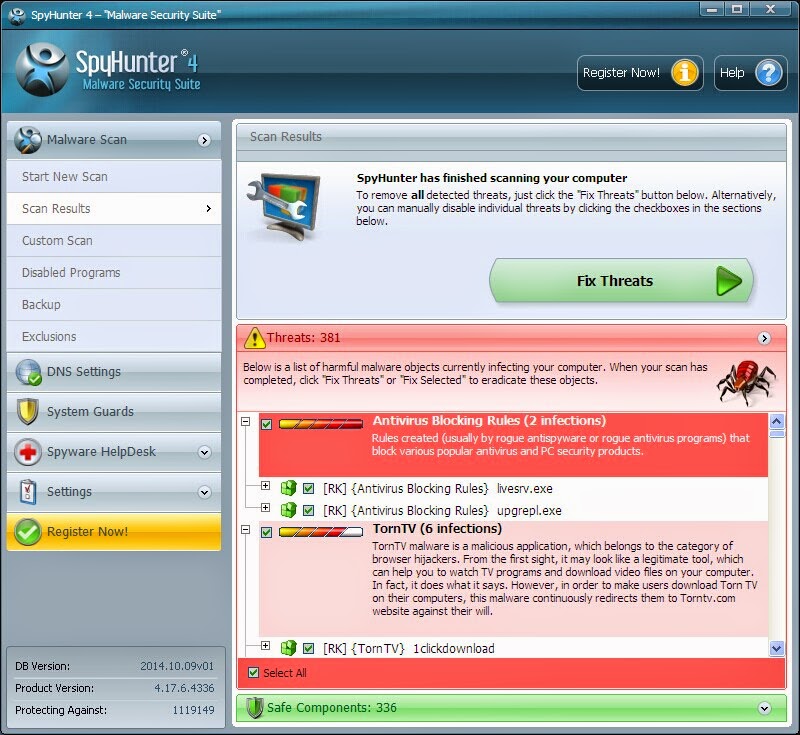
Note: Manual removal refers to key parts of computer system. If you don’t have sufficient expertise in dealing with the manual removal. Install Spyhunter can be your better choice.

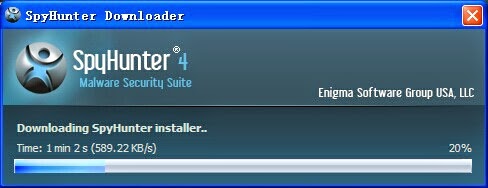
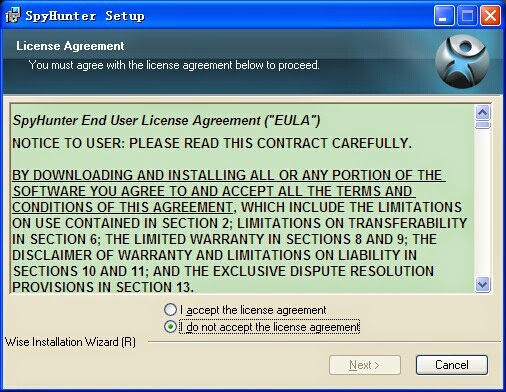
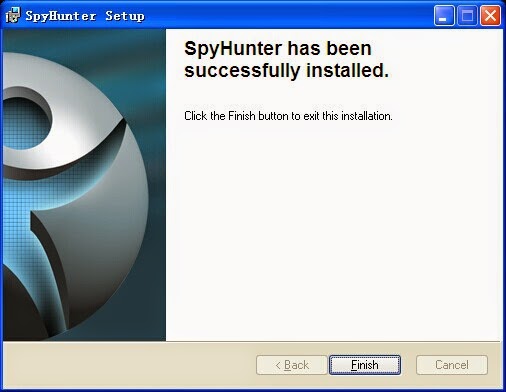
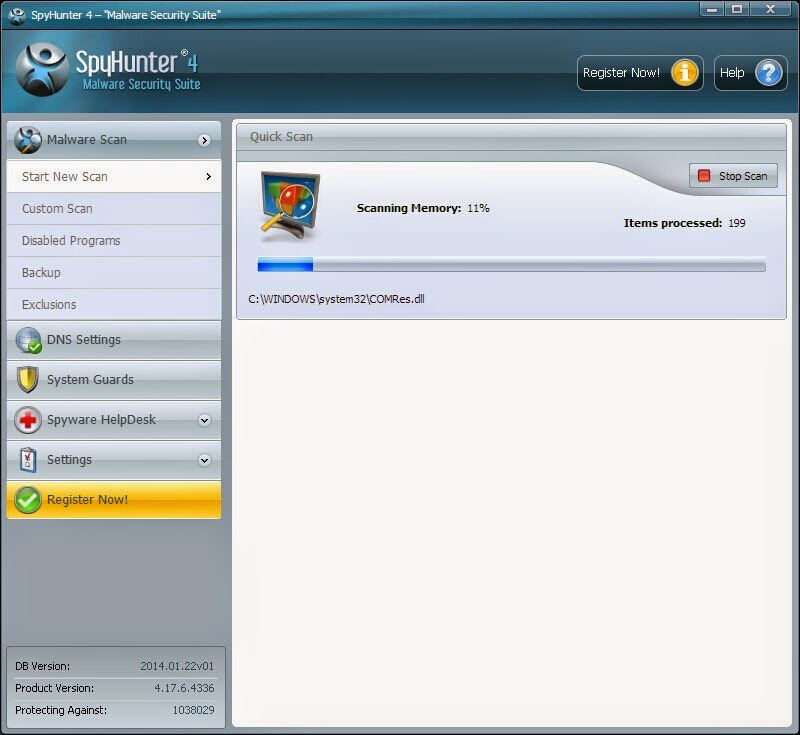
No comments:
Post a Comment